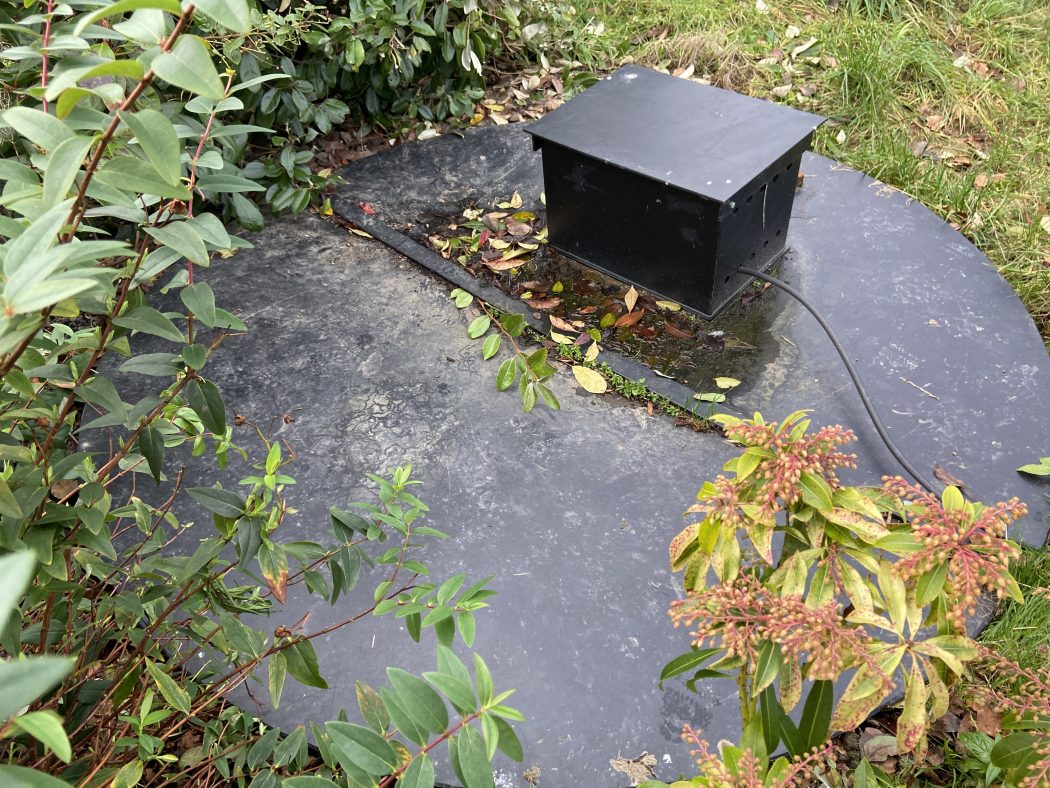We’ve had our Vortex home sewage treatment plant emptied and cleaned, and we’ve ensured that our tank’s blower has been configured and balanced properly. You can see everything in our video. We also share some top tips to keep your sewage treatment plant healthy.
WARNING! ⚠️ The video shows the inside of our home sewage treatment plant and how it’s emptied.
The first thing we need to remember is that a home sewage treatment plant is a collection of living, breathing organisms and in order for it run properly we need to ensure everything is balanced.
With Coronavirus affecting everything we do, it’s also going to impact your tank, because we’re not supposed to be adding any antibacterial products to the system as they kill the bacteria.
Disinfectants, hand sanitizers, alcohol, toilet rim blocks, medicine and antibiotics, kitchen and bathroom cleaning products, washing powders and liquids all potentially contain antibacterial elements.
All detergents will adversely affect a sewage treatment plant, so keep their use down to a minimum. High foaming products such as bubble bath should also be avoided.
Flushing sanitary towels, tampons, baby wipes, condoms and any other item that won’t breakdown naturally is a massive no-no.
Others things that should not be flushed or poured down your drains are oil and grease from cooking and frying, milk, animal blood, animal poop (cat litter, for example), paint and thinners, and chemicals.
That limits you a lot in trying to dispose of things you may have considered OK to this point. But there are workarounds.
For starters, we only use natural hand soaps, shower gels, shampoos and cleaners as they’re a lot more gentle on the bacteria in our tank. We really like Ecover as a brand because their products are derived from plant extracts. We also use Method as a cleaner.
Also, the longer you stick with the same product/brand, the bacteria in the sewage tank will become more tolerant of it.
Try to spread out washing and laundry throughout the week so that you don’t introduce massive volumes of water that will shock the system.
TOP TIP: use paper towels instead of cloths and rags when cleaning. By using paper towels to wipe down surfaces with cleaning products the paper towel goes in the trash and no chemicals will go down the drains. The same applies to pans that may be oily from cooking. Wipe them with a paper towel and then chuck them in the bin.
Be aware that friends, family and visitors can cause problems for your home sewage treatment plant. If they have children, they may flush wet wipes. If they’re sick, they may be on medication (or may have had chemo) and every time they use the loo, they are adding to antibacterial load.
Washing machines are a huge source of wastewater. To prevent overloading the home sewage treatment plant, washing should be spread equally over the week, and try to do full loads. Try to use non-biological washing powder with no bleaching agent.
Toilets should be cleaned with a product made from natural sources. If you want to use bleach, limit this to once a week. Once you’ve poured it into your toilet leave it overnight, if possible, as this will clean the toilet better and allow the chlorine to evaporate out of the water. This will limited damage to the bacteria in the sewage plant.
TOP TIP: Cheaper bleach (we opt for Tesco’s own brand) is ideal as it’s a basic chloride solution with no persistent chemicals. Expensive bleaches are loaded with persistent chemicals that are detrimental to the tank and the environment.
Our home sewage treatment plant routine
Every day, we ensure that the blower is working. Once a week we check that the vitro filter is clear and unobstructed, and that the large bubbles are constant and resemble boiling water. We also ensure that fine air bubbles are present in the bio zone.
We also take note of the odour. Our tank does not smell – it has an earthy smell.

You can find out more about the Vortex home sewage treatment plant by visiting the manufacturer’s website.
